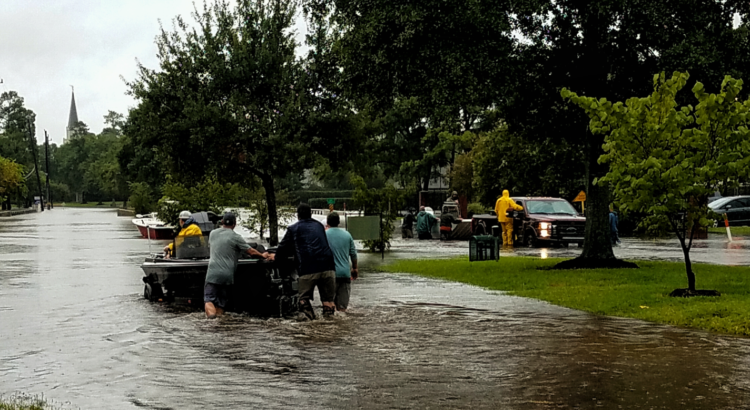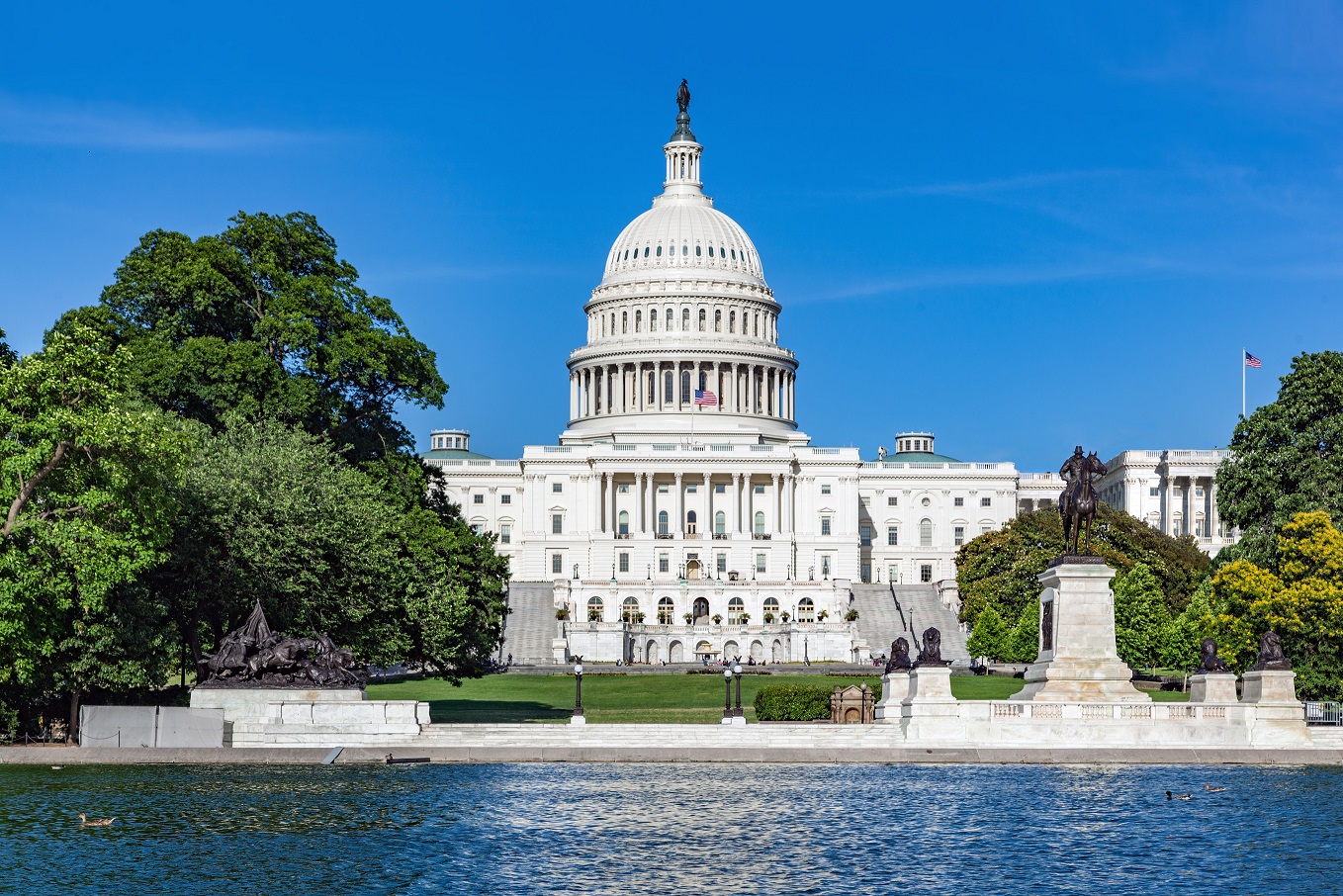
Throughout the year, the federal government, as well as state governments, offer a variety of storm cleanup jobs to companies in the private sector. While these jobs can help boost your business, you do need to take a few steps before you can bid on these government contracting jobs. The first step in the process is SAM registration.
What Is SAM Registration?
The System for Award Management (SAM) is the centralized database that includes all active federal contractors. If you want to be listed on this database, you will need to complete your SAM registration. This is an online application available at SAM.gov. You can complete the application on your own at no charge or you can hire a third-party SAM registration service, such as Federal Contractor Registry.
While the government does not charge a fee for SAM registration, they admit on their own website that it can take several days to complete the SAM application. If you aren’t familiar with government terminology or cannot afford to take 10 or 12 or more hours to complete the application, you can hire us to complete SAM registration.
Many people get started with the SAM registration process only to become frustrated and give up on government contracting. However, we can complete your SAM registration quickly and accurately so that you can be approved quickly and eligible to work for any government agency, including FEMA and even state government agencies.
Hiring us is basically just like hiring an accountant because while the government charges no fee to complete your tax forms, these forms can be complicated, and mistakes are costly. SAM registration is complicated and if you make mistakes, it can delay your application approval.
If you do decide to complete SAM registration on your own, be sure to include yourself in the Disaster Response Registry on the SAM application. This registry includes all businesses that can provide emergency support such as debris removal, emergency supplies and other disaster-related support. FEMA and other agencies can look for businesses on this registry and bypass the traditional contracting process during an emergency.
Think Beyond FEMA
When you think of storm cleanup jobs, the Federal Emergency Management Agency (FEMA) probably springs to mind immediately, but a few other federal agencies often offer cleanup jobs. For instance, the U.S. Department of the Interior and the Environmental Protection Agency often need cleanup services.
Additionally, your goods and services might be needed by many other agencies. There are hundreds of agencies, and they are required to purchase most or all of their goods and services from private contractors. While FEMA disaster jobs certainly can be profitable, it’s a good idea to think about other opportunities.
To see what’s currently available, you can head to Beta.SAM.gov, which is the search engine for government contractor jobs. Once you are on that page, click on Contract Opportunities and then when you reach the search bar, click on the Advanced Search option. From there, we recommend that you search using your North American Industry Classification System (NAICS) codes. These codes describe your exact goods and services.
To search using your NAICS codes, you will have to click on the More Filters tab and then click on the tabs that you don’t want to deselect those filters. Then you will see that the page looks a bit blank, but you will want to click on the words Product or Service Information. A box will load up where you can enter your NAICS code.
Once you enter that code, you should see a list of possible contract opportunities. Some of these will be a good match for your business, while others won’t, so you will need to read each notice carefully to ensure that you can provide the exact goods and services needed by the agency. You also could look using keywords – such as “cleanup” or “hurricane,” etc., but typically using your NAICS codes is a good way to find matching contracts.
Types of Storm Cleanup Jobs
While debris removal is an important service after a hurricane, flood or another disaster, these aren’t the only types of jobs related to storm cleanup. Storm cleanup jobs technically include all of the relief services needed when a disaster occurs. The government needs everything from debris removal to repair services as well as temporary housing, bottled water, food, medical supplies and much more.
If your company can provide any type of good or service that might be needed during a disaster (this includes disasters such as the current pandemic), then there are probably government contract jobs available. If you just do a search on Beta.SAM.gov for FEMA, you will see a wide variety of items that are needed, including printer cartridges, media services, security services, AV equipment and much more. FEMA may be focused on disaster relief and storm cleanup jobs, but they have many other needs, as well.
Sign Up With Your State
Sometimes a state handles storm cleanup, especially if the storm or disaster does not meet the requirements to call in FEMA. It is wise to also sign up with your state procurement system. To find your state system, simply do an internet search with your state name and the word “procurement.”
In the search results, look for websites that feature a .gov suffix. For instance, if you search for “Virginia procurement,” the first result is eVA.virginia.gov and it is listed as Virginia’s eProcurement Marketplace. With the .gov suffix, you know that this is an official government website.
Keep in mind, that state procurement agents will expect that you have completed SAM registration when you sign up and will want to know your Commercial and Government Entity (CAGE) code. CAGE codes are assigned to businesses after their SAM registration is approved, and it serves as a company’s unique identifier within the System for Award Management.
Get Started Today!
Helping with storm cleanup jobs is not just profitable, but you also are helping serve your country during a time of need. If you are interested in disaster cleanup jobs or any type of government contracting and would like us to help with SAM registration, just head to our homepage and click on the green New Registration tab. From there, you just need to fill out our quick contact form and a registration specialist will be in touch with you as soon as possible.






